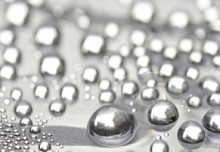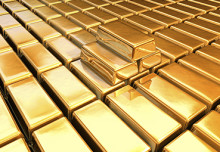Platinum is often called the most precious of all precious metals: in the eighteenth century, King Louis XV of France declared him ‘ the only metal fit for a king ‘. Today, platinum is also found numerous uses n the technical field, by virtue of its hardness, corrosion resistance and efficiency as a catalyst.
The platinum deposits are extremely rare and throughout history have been produced relatively low amounts of the metal.
The production is concentrated in a few areas of the world and is dominated by a small group of mining companies. South Africa is by far the largest producer, followed by Russia and North America.
MAIN USES
Catalysts for cars
About half of the demand for platinum is intended to be used in catalytic converters for cars. The platinum acts as a catalyst in reactions that convert hydrocarbons, nitrogen oxides and carbon monoxide into less polluting emissions.
Oil and Plastics
The platinum catalysts are used to transform the low octane naphtha into high octane rating for automobiles and aircraft piston engine.
Jewellery
Platinum is an ideal material to create the finest jewellery is durable and hypoallergenic stainless steel.
Dentistry and Medicine
The platinum can be used as electrodes for pacemakers, wires guide catheters used in the treatment of heart disease, and instrumentation for dental fillings.
Well Financial
Historically, platinum has not been accrued or used as a reserve asset like gold.
PLATINUM MARKET
The major stock exchanges for the trading of platinum are the New York Mercantile Exchange (NYMEX) and Tokyo Commodity Exchange (TOCOM).
The factors that affect the price of platinum are:
- Interruptions of supply;
- Impact on supply;
- Use of platinum;
- Replacing with other metals;
- New technologies.




 English
English Italiano
Italiano